There's a magic about this charming yet confounding kingdom that casts a spell on visitors. An adventure to Cambodia will inspire travelers to contemplate what happens when ancient and modern worlds collide.


Cambodia is a little country with a lot to offer: wonderful, blissfully uncrowded beaches, truly endearing people, a subtle and innovative culture, and, of course, the magnificent temples at Angkor. It is fantastically attractive and intoxicatingly unique.
Vietnam flanks Cambodia’s eastern borders, Thailand’s sparkling Gulf of Thailand sweeps along its western coastline, dotted with some stunning secluded beaches, and Laos’ hilly north and east. For many years, Cambodia was considered an add-on to Southeast Asian cultural trips, but today things are changing for this small nation. Cambodia is quickly developing into a destination in its own right with plenty of natural beauty for those eager to explore thanks to the opening of opulent boutique hotels throughout the nation. Cambodia has endured political instability, a civil war, bloodshed, and extreme poverty over the years. But the unshakable character of the great Khmer people just adds to the appeal of the country, leaving visitors with nothing but affection and admiration for these wonderfully inspirational people.
Present day The formidable Khmer Empire, which reigned over much of what is now Cambodia, Thailand, Laos, and southern Vietnam for more than 600 years, was succeeded by Cambodia (802-1431). Great builders, the Khmers overflowed the forest landscapes with colossal temples, enormous reservoirs, canal systems, bridges, and intricate road networks during this time. Visitors can explore the UNESCO World Heritage Site that extends into the forest from Siem Reap, which serves as the entrance to the ruins of Angkor.
Temples in varying states of ruin are scattered throughout, but Angkor Wat, the biggest religious structure in the world and unparalleled in scale and majesty anyplace else in Southeast Asia, stands out as the most notable and celebrated of them all. Theravada Buddhism is now recognised as the state religion of Cambodia, however the Angkor Kingdom practised Hinduism up to the 13th century, when Indian invaders replaced them.
Beyond its temples, Cambodia features a bustling urban culture that is surprisingly sophisticated. The chaotic yet captivating capital of Cambodia, Phnom Penh, is located south of Tonle Sap Lake. It still has some of its faded French colonial splendour, with broad, tree-lined boulevards and stunning architecture set amid the hectic traffic and business of an expanding Asian city. While Battambang is reminiscent of the French colonial past and enchants visitors with a booming modern art scene, Siem Reap is as much of a destination as the adjacent temples and is brimming with bustling cafes and a diversified nightlife. Between the towns, the interior of Cambodia is a lush and verdant mix of sugar palm farms, secluded jungles, and rice terraces.
The southwest coast of Cambodia, which borders the Gulf of Thailand, is peppered with stunning, undeveloped beaches and uninhabited islands, providing a totally different experience from the more developed beaches of Vietnam and Thailand. The magnificent beaches of Cambodia, which have uninhabited islands and palm-fringed white sand shorelines unspoiled by tourism, make for the perfect getaway from the dusty temples of Angkor or the busy streets of Phnom Penh.

Best Time to visit Cambodia
However, there are distinct dry and rainy seasons that define the harvest cycle and significantly alter the character of the landscape in this unique Southeast Asian country. Some Cambodians sarcastically comment that Cambodia has three seasons: hot, hotter, and hotter.
Best Time
November – March
Monsoon Season
May – October
Festival Season
April – June
September – November
Beach Season
Novemebr – April

